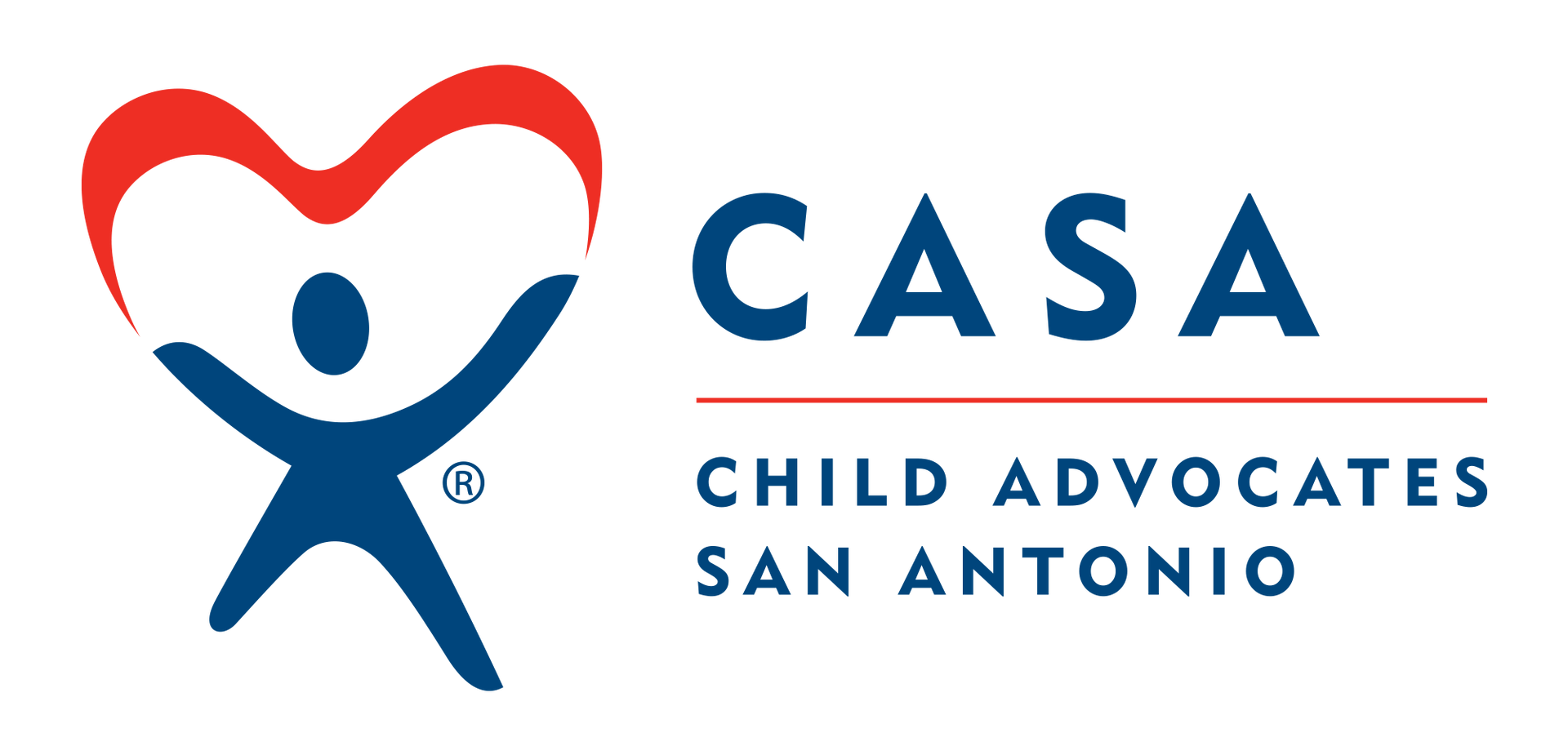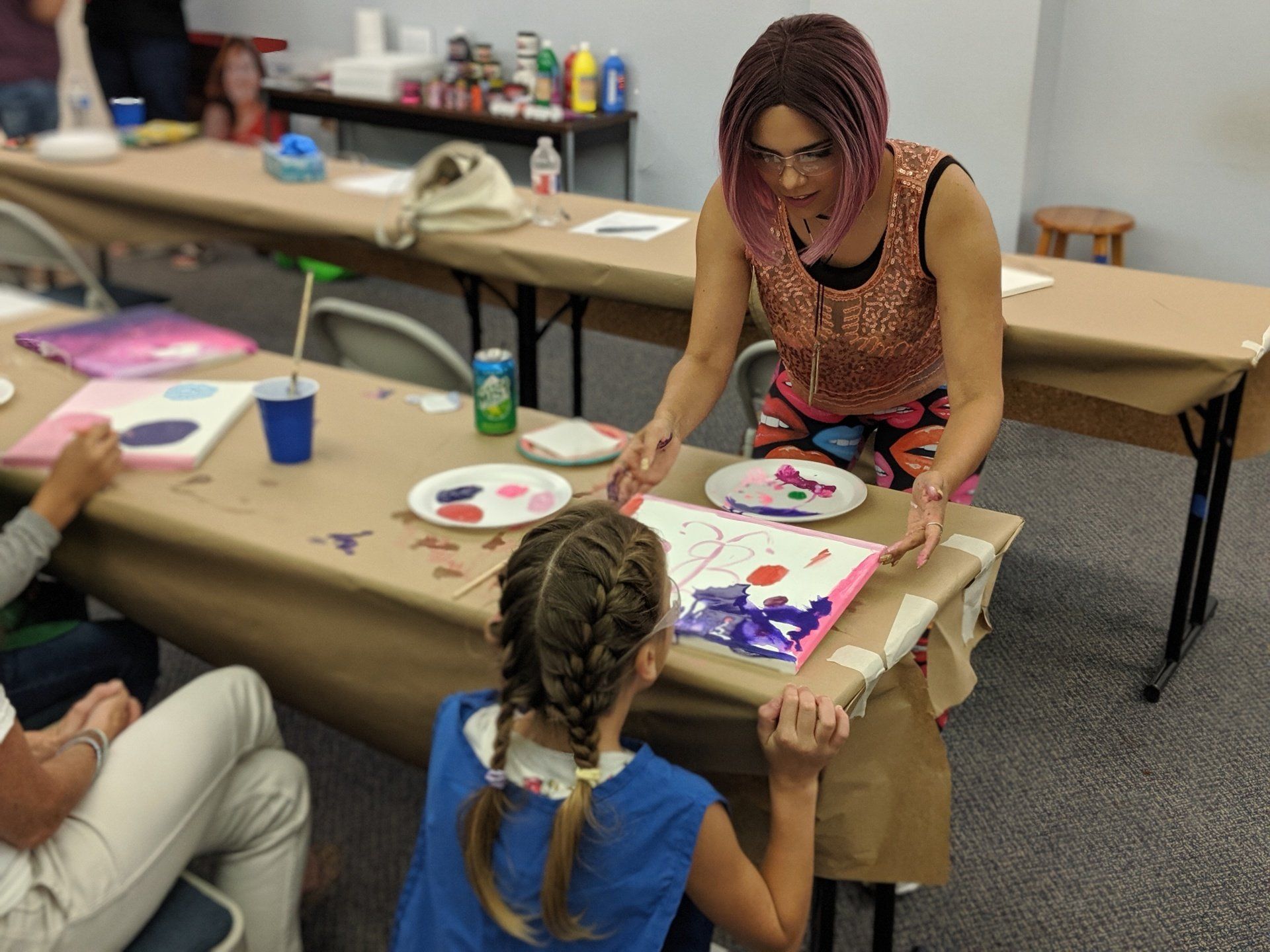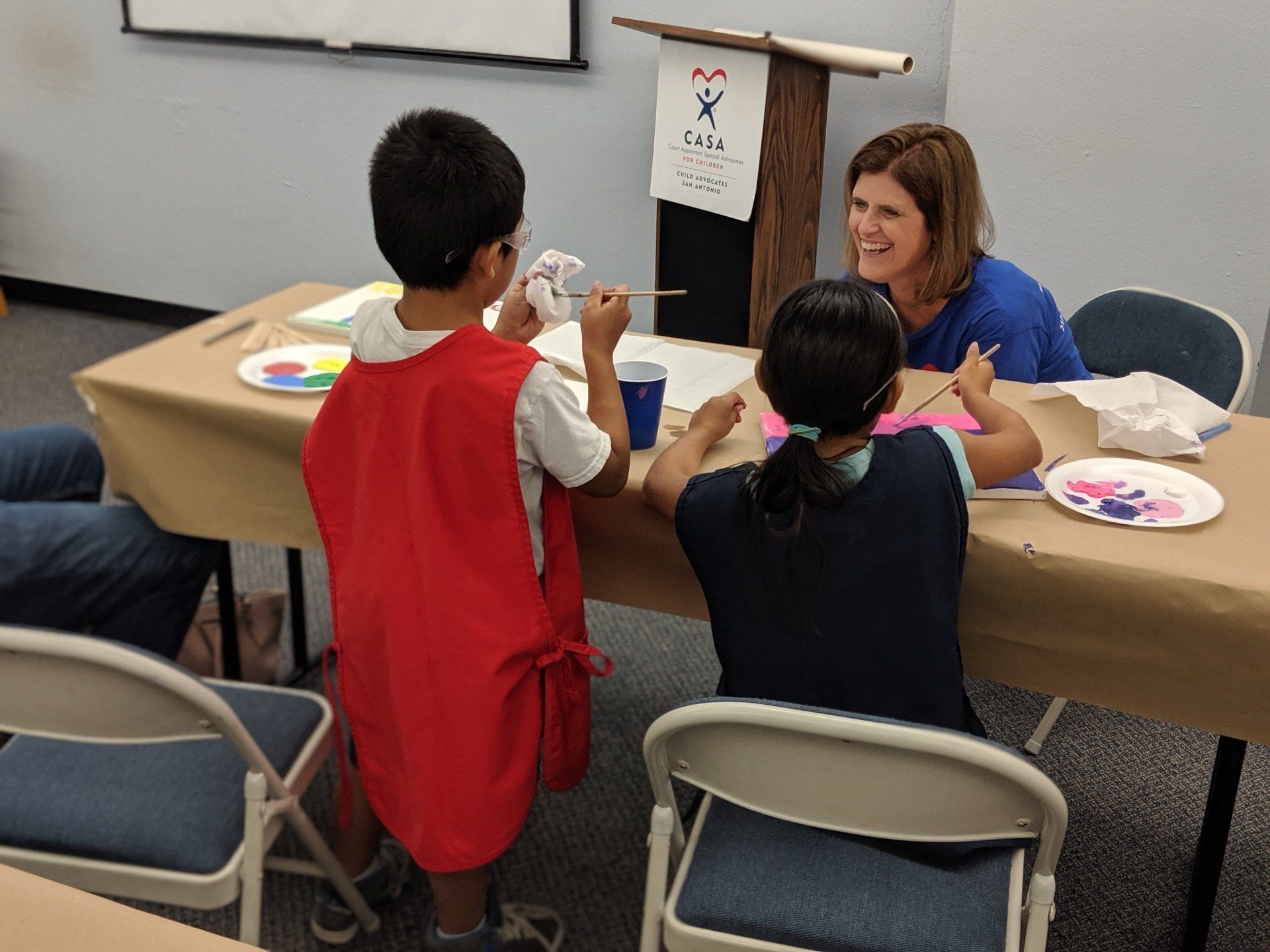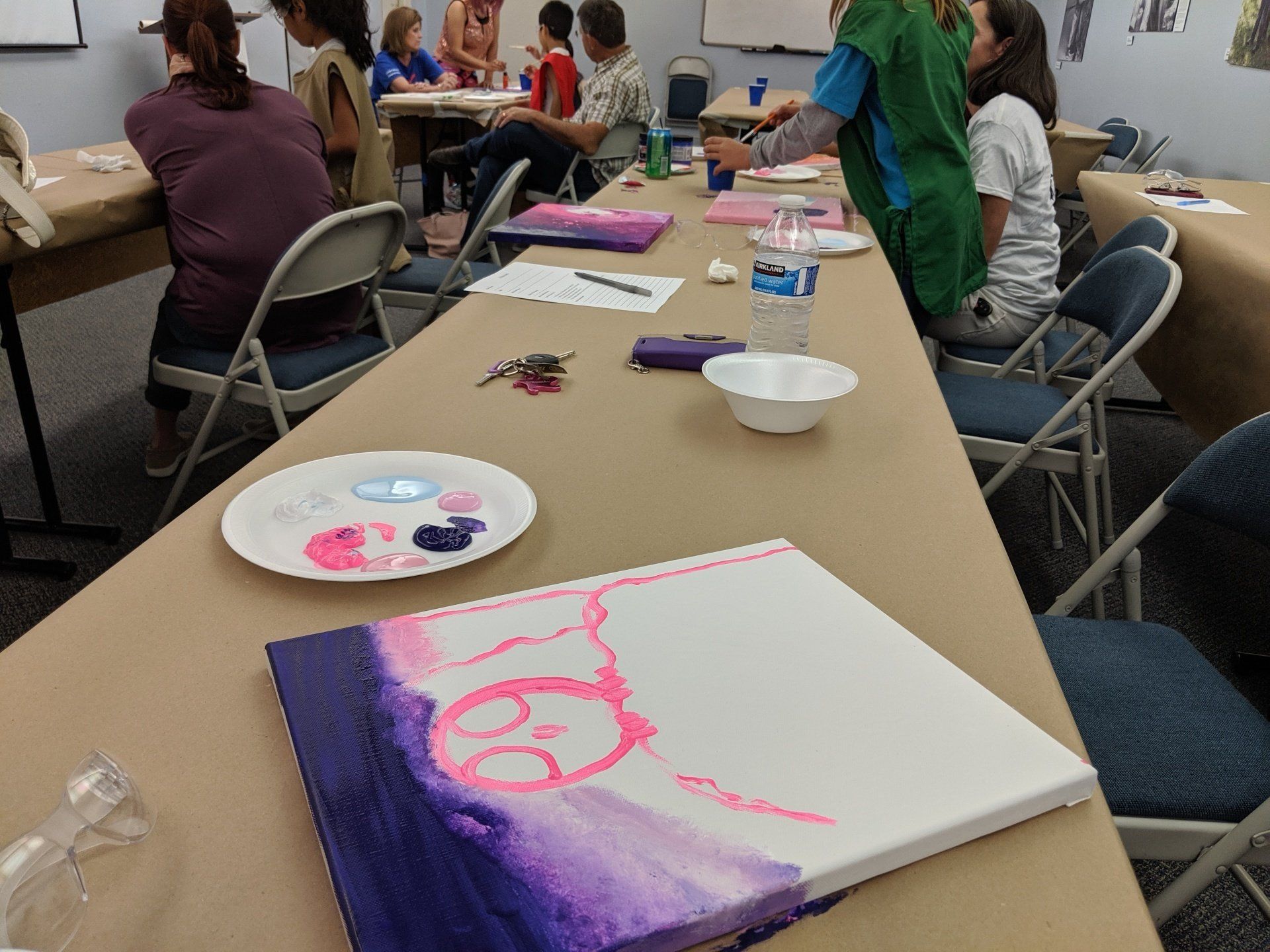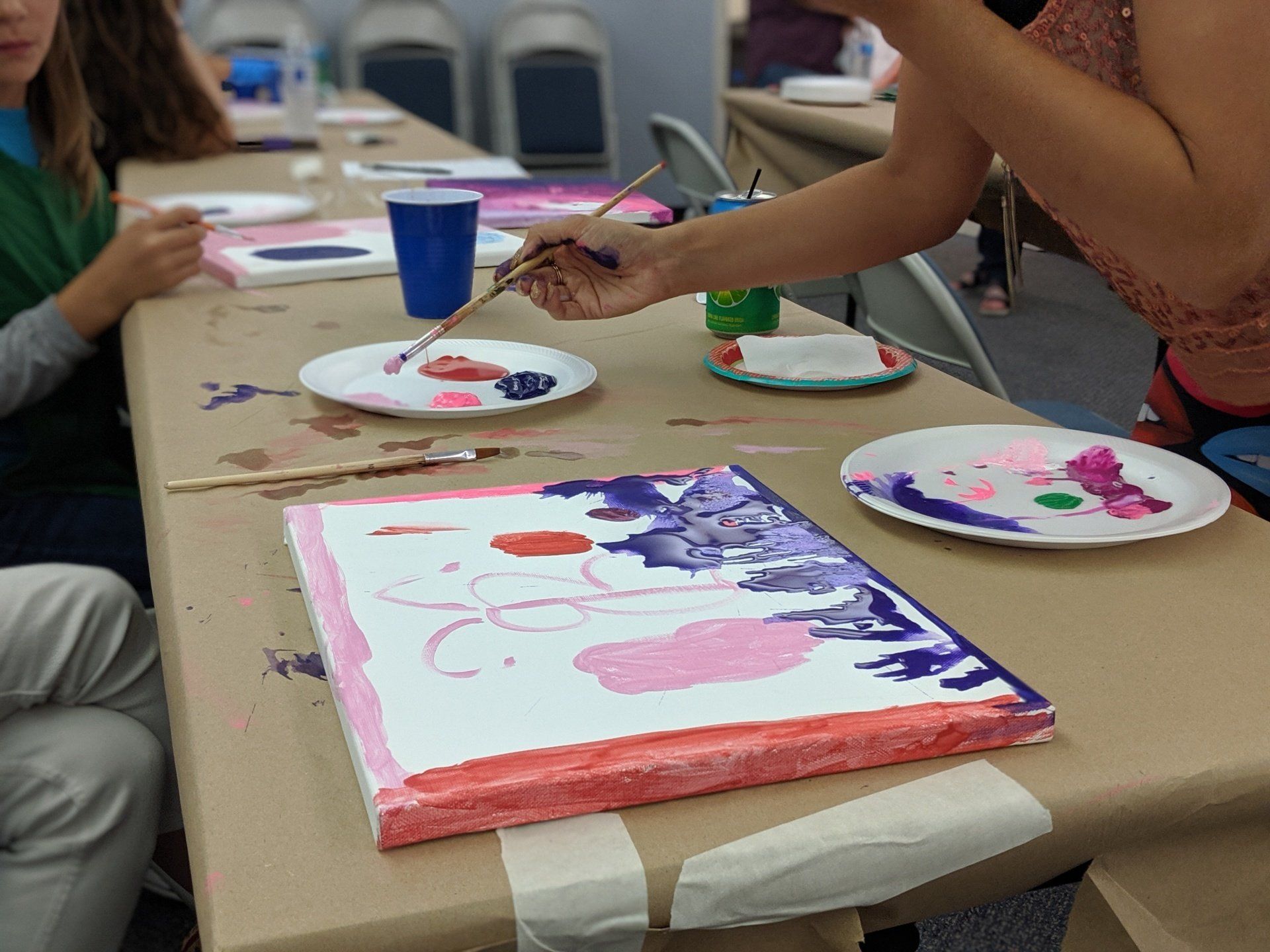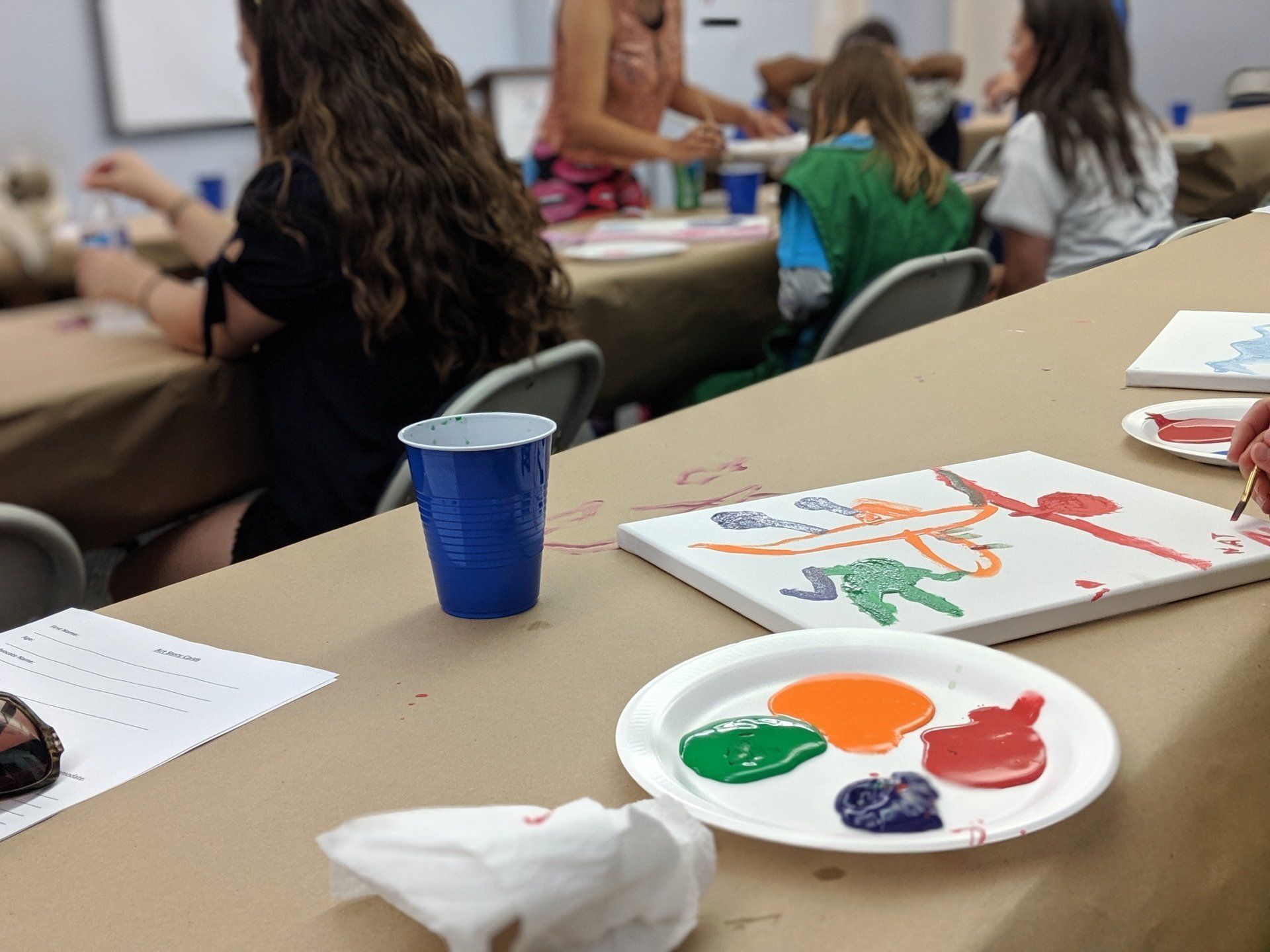Art & Soul: Artistic Expression for Kids in Foster Care
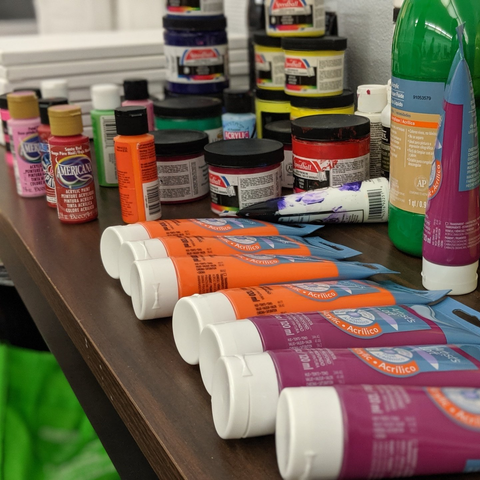
Last Friday we coordinated with local artist
Gio Dizurita and our Volunteer Advocates to host this year's Art & Soul event for our CASA kids. This initiative focuses on offering an environment of free expression for CASA youth who may not have access to art supplies during their time in Foster Care.
There were no restrictions on what they could create, and Gio demonstrated and encouraged the children to use different techniques and tools such as sticks, brushes, water, and their hands.
Guest Artist: Gio Dizurita
Gio is a local visual artist who helped host our 2018 Art & Soul event at her gallery, where she created one large collaborative painting with the kids. This year her art shows have kept her very busy, but we were very happy when she agreed to make time and volunteer with CASA again.
Gio's very open approach to artistic expression formed a unique environment for these children to feel both confident and courageous about what they could create. There were no wrong answers or methods, and you could see the positive impact this had as the kids quickly broke out of their shells, eager to get their hands dirty to create multiple pieces of art.

Moments from Art & Soul
It was such a joy to see so much artistic talent demonstrated! We are keeping the final masterpieces private for now as the kids have graciously donated some of their work to display at our upcoming Gallery of Hope event this October! You can visit our events
page to save your spot so you don't miss seeing these creations as well as the photo unveiling of children impacted by CASA who have found permanent homes this last year.
In the meantime, please enjoy these captured moments.
Interested in continuing our mission to provide more unique experiences for our youth in Foster Care? You can Donate to our cause or learn how you can
become a CASA Volunteer today!
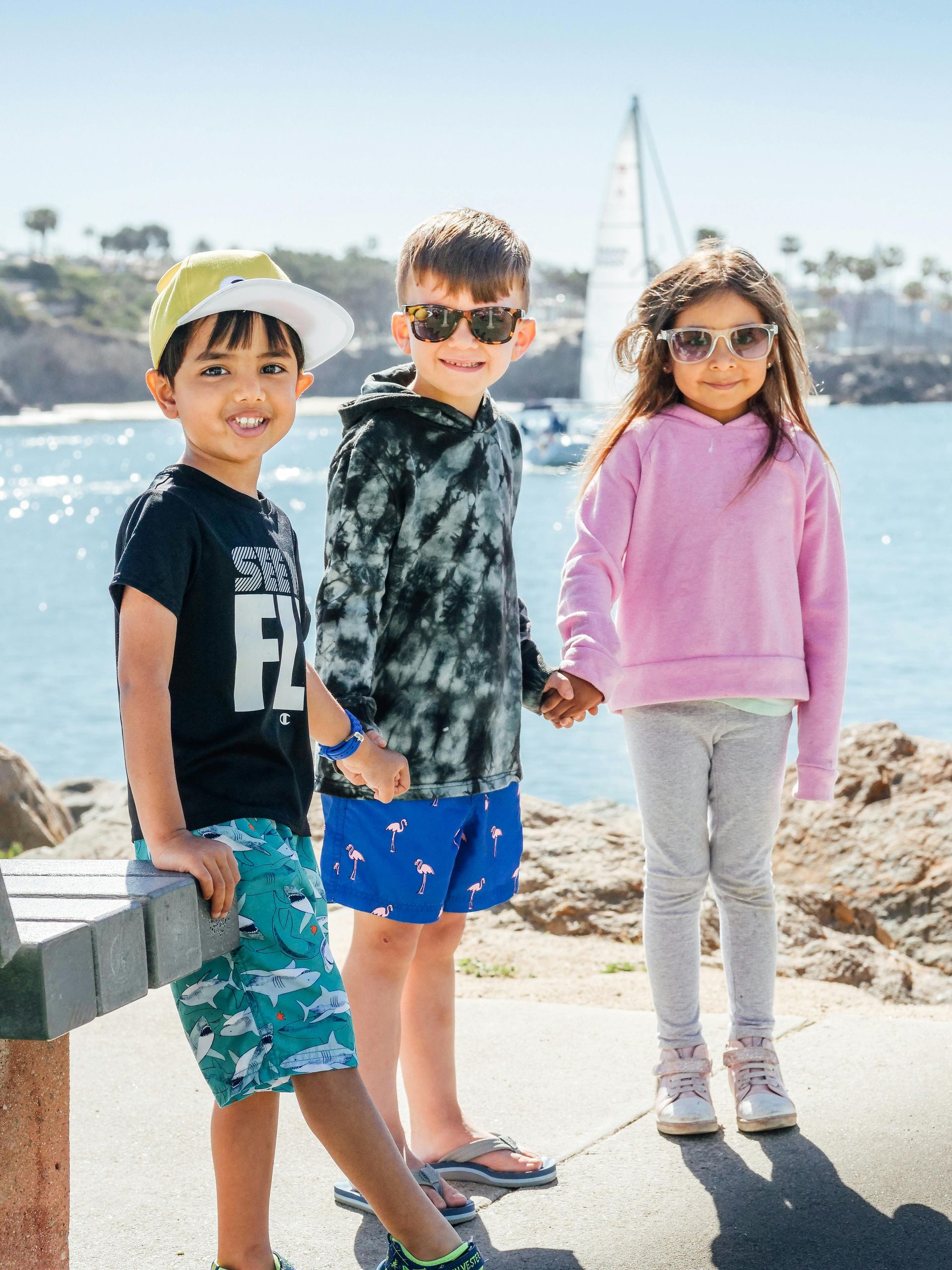
In September 2024, the department first became involved with a family of five following allegations of substance abuse and medical neglect concerning the mother. Child Protective Investigations (CPI) initially sought to keep the family together by implementing a safety plan with fictive kin—a family the mother and children had met during their stay at Haven for Hope. The hope was that this new placement would provide stability for the children while keeping them safely with someone familiar. For a few weeks, it seemed to be working. But on October 29, 2024, the mother told the fictive kin she was going to retrieve her remaining belongings from Haven for Hope—and never returned. From November 2024 through February 2025, CPS continued its efforts to locate her while supporting the kinship placement and meeting the children’s needs. In January 2025, the kinship placement informed the department that she could no longer care for the youngest child, Ava, due to her severe behavioral needs. Faced with these challenges, the department made the difficult decision to file for removal to provide more comprehensive support for the children and the kinship caregivers. Ava was quickly placed in a foster home in February 2025, while her three brothers remained with fictive kin. Around this time, CASA Staff Advocate JoAnn Herring was assigned to the case. By April 2025, safety concerns prompted the immediate removal of the boys. They were placed in an emergency shelter while the department and JoAnn worked tirelessly to explore placing them with their sister in her foster home. Caring for four children is a big ask, especially for new foster parents, but with support from JoAnn and the department, the foster family rose to the challenge. By May 2025, all four siblings were finally reunited under one roof—a first major victory for this family. Even with the siblings together, challenges remained. The children had significant medical and educational needs. Michael, who had experienced medical neglect while in his mother’s care, was diagnosed with Stage 5 chronic kidney disease, requiring frequent doctor visits, hospital stays, and surgery. During these times, JoAnn visited the hospital regularly, offering support and encouragement to both Michael and his foster parents. JoAnn also worked closely with the department and foster family to ensure the other children—Ava, Mateo, and Leo—received the therapeutic and educational support they needed. Through Collaborative Family Engagement meetings, the team created a comprehensive plan addressing the children’s medical, educational, and therapeutic needs, with the goal of preventing placement disruption and ensuring the foster parents felt supported. Today, all four children are enrolled in school with 504 plans in place, and Michael has access to wrap-around medical services—another major triumph. The foster parents now feel confident in their ability to meet the children’s needs, and if the parents remain disengaged, the case may ultimately move toward termination. While that possibility is heartbreaking, the family has a permanent, loving home ready to care for them. Michael, though still facing significant medical challenges, has a strong team advocating for him every step of the way. This story is still unfolding, but it highlights the power of teamwork, advocacy, and dedication in helping children find stability, care, and hope. It’s a reminder of what can be achieved when community, department staff, and CASA advocates go above and beyond to support children and families in need.

